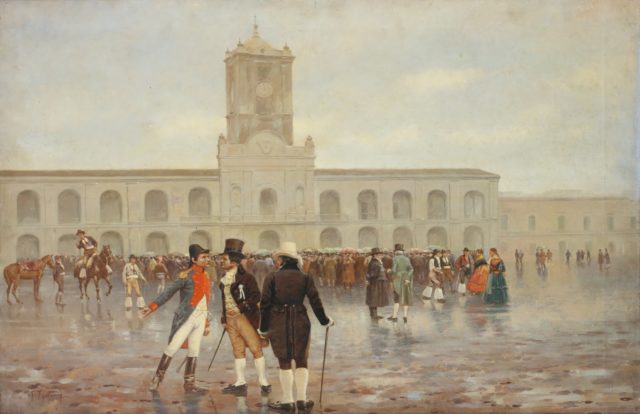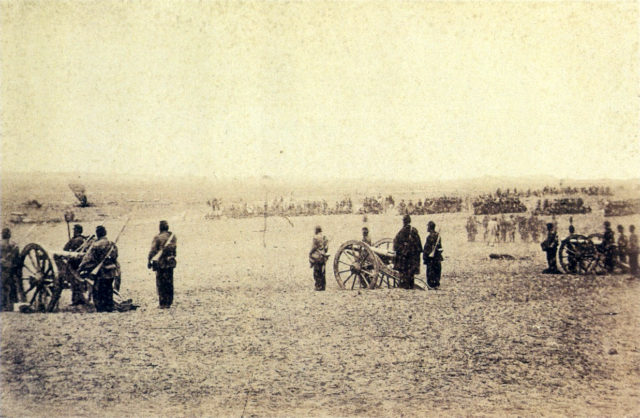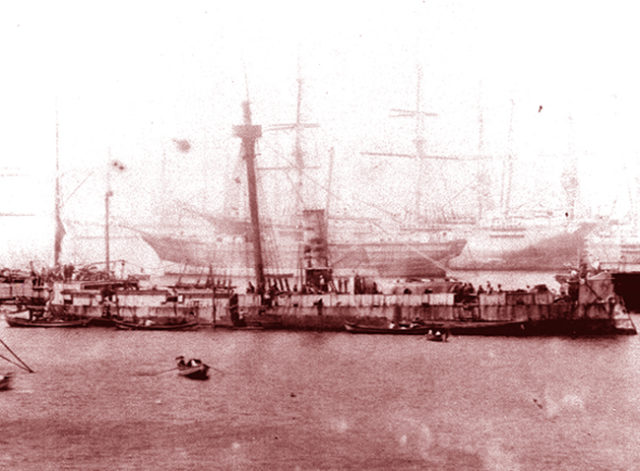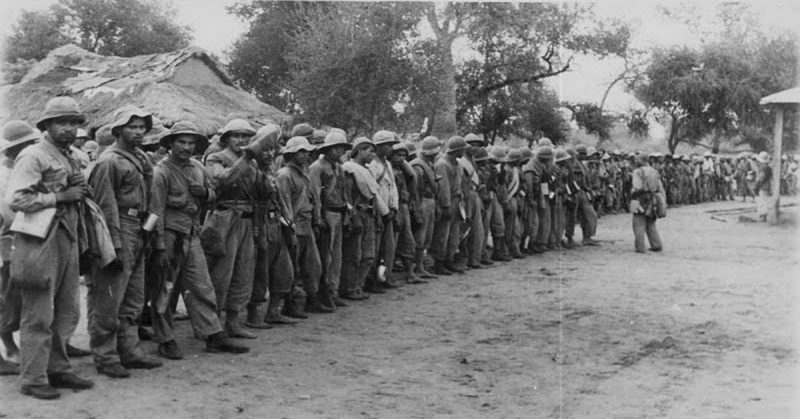War History Online Presents this Piece by Guest Author: Luciano Camano
The Spanish Empire, along with the Portuguese crown, colonized South America and is now home to twelve countries, each one with a common past but vastly different history. South American is one of the poorest regions in the world; nonetheless, not many conflicts have arisen between them, and when they have, they’ve been sparse and sporadic. But there are a few exceptions to this rule, below we present the most brutal conflicts in South American lands:
Hispanic war of independence
Spanning all of Spain’s dominions over the country, influenced by liberal thought coming from Europe, the viceroyalties of Rio de la Plata, New Granada, and Peru waged war against royalists wanting to remain part of the Spanish Empire. The war officially started in 1810 and after both sides going back and forth over territory, the newly created republics of South America were finally consolidated in 1826 after seizing the last royalist bastions in remote islands and territories.
Tactics employed by the armies and general population included use of scorched land, regular line tactics, guerilla warfare, assassination, and espionage. Unlike their North American counterparts, war in this region of the world gave rise to internal warfare in some cases, such as Gran Colombia and Argentina.

Regular armies disbanded and gave rise to warbands commanded by rogue generals. The looming threat of a Spanish invasion coming from Cuba or the Peninsula was always a present threat until late in the 19th century when Spain Officially recognized South American legitimacy. 15 years of war involving the entire continent leave no records of casualties on both sides, but due to the sheer volume of participants, it can be considered the most important conflict in modern South American military history.
Paraguay war
A war between Uruguay, Argentina, and Brazil against Paraguay. It lasted from 1865 to 1870 and caused the decimation of half of Paraguay’s population. Causes of the war are open to debate and interpretation to this day. Revisionist interpretations of the war point at Britain’s disdain for Paraguay’s development and industrialization.
On the other hand, other interpretations of the war include Brazil’s interest over northern Paraguayan land and Argentina’s perception of Paraguay as an enemy due to the government of Solano Lopez increasing interest over Argentina’s province of Corrientes.

The spark that started the conflict was the removal of Paraguay’s only ally in the region, Uruguay’s Colorado government, supported by Buenos Aires and Brazil’s Armada. Argentina initially maintained neutrality, but after being invaded from the north by Solano Lopez, It quickly joined the Brazilian and Uruguayan alliance. Thus, it created a war on two fronts for Paraguay. Initially, Solano Lopez gained terrain on the Mato Grosso front, but the combined alliance quickly outnumbered him. The result was an utter disaster for Paraguay, sealing any kind of border dispute with Argentina through the force of arms, Argentina claimed full ownership of Chaco province (disputed by both countries) and gained Formosa and Misiones province. Brazil claimed full sovereignty over Southern Matto Grosso and occupied the country for six years.
Pacific War
It was a war waged by Chile against a combined alliance of Peruvian- Bolivian forces over ownership of saltpeter reserves in the northern territories of Bolivia’s Litoral province. It lasted from 1879 to 1883 and involved naval warfare, use of ironclad ships, and amphibious invasions.

The conflict itself started after the Bolivian government raised taxes to the Chilean-owned company of Saltpeter and Railroads Antofagasta Company, despite a treaty signed in 1874 that prohibited raising new taxes over a period of 25 years. After an earthquake hit then-Bolivia’s Antofagasta region, Bolivia raised the tax by 10 cents.
After denial of payment by the Chilean Company, it was seized, and the conflict openly started. Once the war was over, Peru lost Tarapaca region, Tacna and Arica were given back after 40 years, and Bolivia remained a landlocked country to this day. Despite Bolivia’s efforts over it’s lost province, Chilean positions over the Litoral region have remained hardline and static for a century.
Chaco War
Spanish exploration at the beginning of the XIX century was dubious and often contradictory. After the newly created republics organized themselves, they adopted the principle of Uti Possidetis Juri, which means “as you possess according to law, you will possess” Meaning that borders between countries were meant to be left as they were in 1810, the last year the Spanish crown governed South America.
Nonetheless, there was a legal void regarding unexplored areas. One of these areas is Boreal Chaco, between Paraguay and Bolivia.
Bolivia repeatedly tried to wage war against neighboring countries after losing the provinces in the War of the Pacific and lost. This time, it wouldn’t be any different. Between 1928 and 1936 the modernized army of Bolivia, with state-of-the-art Interwar equipment, tried to occupy by force of arms the area between both countries but ultimately failed. Oil companies played their part too, both Standard Oil and Shell leasing credits to buy modern weapons. Ultimately, both countries mobilized poor peasants that paid with their blood.
Author: Luciano Camano
Luciano Camano is an elementary school teacher with a degree in International Relations.
